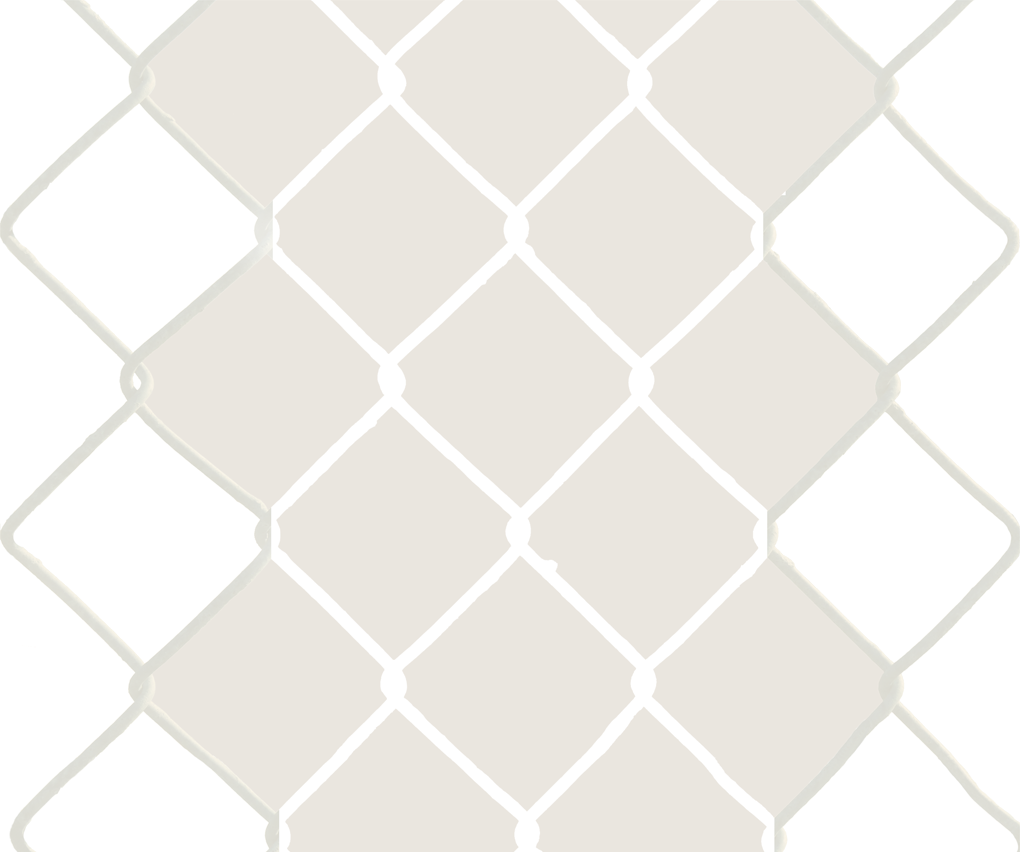A show about non-identity in Christopher Samuels at North End Studios offers subtle changes in the environment. Modestly arranged, many of the works in Christopher Samuels appear to alter their immediate environment in ways mediated by scenes from domestic interiors. Critical in Samuels’s work is the play between history laden objects and the subtle shifts in the environment they make.
Among the artists using assemblages of found-object sculpture that are slightly altered to give a sense of having been worked is Chris Samuels. Similar to the works of Kevin Beasley, Michael E. Smith, Kate Levant and Vince Troia, who all lived and worked in Detroit, Samuels’s work at North End Studios in Christopher Samuels shows a continuation of an interest in anthropomorphized sculpture referring to tattered home interiors.
The exhibition title quickly took the name Christopher Samuels when the artist left it untitled, giving some affirmation to the position Samuels gives in the press release that “[a]rt making is a selfish act.” Yet, at another glance, the aesthetics given by Samuels, and the multiple sensibilities inscribed in Samuels’s aesthetic, tell of the mutual affectation of the individual and collective identity that make such aesthetics possible. The failure of an(y) artist to effectively control the meaning of the work and, therefore, whether or not the work receives accolades, promises a failure of the artist to receive self-fulfillment through their work regardless of a job well done or not. In the absence of self-fulfillment, the claim that art is a selfish act becomes, perhaps, a remnant of a particular style of making work premised on the isolation of the artist.
Samuels’s works appear to diverge from the post-minimalist tendencies of the isolated artist working in a studio through the work’s site-specificity. In one instance, a wooden blind hangs in the middle of the doorway at the entrance of the gallery and directs the viewer to choose a course. The blind acts as a screen during the day as panes of light project onto its surface from the gallery skylights (fig. 1). On the floor and underneath a corner of the blind is a steel bowl inside a tight-fitting blue cloth with a slit at the top (fig. 2).
figure 1
.JPG)
title n/a
figure 2
.JPG)
title n/a
Samuels’s sculptures resemble some of Donald Judd’s works in their modest arrangement while differing in fabrication by using found-objects instead of industrially fabricated boxes. Indeed, many of Judd’s works reflect on their immediate surroundings and attempt to erase the identity of the artist to reach an empirical understanding of the materials possessed in the specific-object. Although claimed as exclusively self-reflexive objects, specific-objects often referred to the processes of industrial fabrication and mass production and, thus, the generic qualities of the objects produced. Samuels attaches a piece of glass between two rods with tape on a wall (fig. 4) in a work particularly reminiscent of Judd’s Plexiglas boxes. Two push pins hold the rods against the wall. At night, the gallery lights hit the glass and reflect onto the wall, showing different luminosities given each light’s position. The glass balances the rods while the rods could easily break the glass.
figure 4
.JPG)
title n/a
In the middle of the gallery floor lays a handle bar with one handle jutting upright (figs. 5 and 6). Attached to the upright cylinder is a clear plastic sheet that reflects and refracts light. At certain angles the clear plastic sheet makes the cylinder appear detached from the handle bars.
figures 5 and 6
.JPG)
.JPG)
title n/a
The subtle shifts in the environment belie the work’s minimal impression in Christopher Samuels. The affection of the works appears to go beyond their origins in tattered household objects and, as such, fit into Samuels’s intention to do a show about non-identity. That the works go to great lengths to obscure the identity of Samuels makes the titling of the show and press release somewhat quixotic. However, counter to the press release’s claim that art is a selfish act, Samuels’s obscuration of identity, i.e. subtraction of self from the work, becomes a generous offer in which the meanings become subject to the works changing over time.
A tendency towards fragile skins including plastic wrap, fabric and torn paint and hard, resistant surfaces reads as anthropomorphized sculpture in some of Samuels’s work. Atop a door handle stands a carved, wooden bowl covered with torn black paint (fig. 7). An unfolded mat hangs in a window of the gallery (fig. 8). A print hangs on the lowest cushion and is wrapped with clear plastic laid across the window. Clear plastic also wraps a pair of canvases containing print and paper assemblages (fig. 9).
figures 7
.JPG)
title n/a
figure 8
.JPG)
title n/a
figure 9
.JPG)
The subtlety Samuels deploys in his work allows for wandering observations of the relation of the environment to the body and movement. The use of the found-object to represent anthropomorphized sculptures resembles the ready-made as an internalization of the domestic tatters synonymous with Detroit. The unexpected changes in the site by the objects shows indeterminacy in meaning that comes as a relief to the narrative of blight and decay. A conflict emerges in the work between the work’s performativity and the consistency of the objects to represent a shattered domestic life.
|








